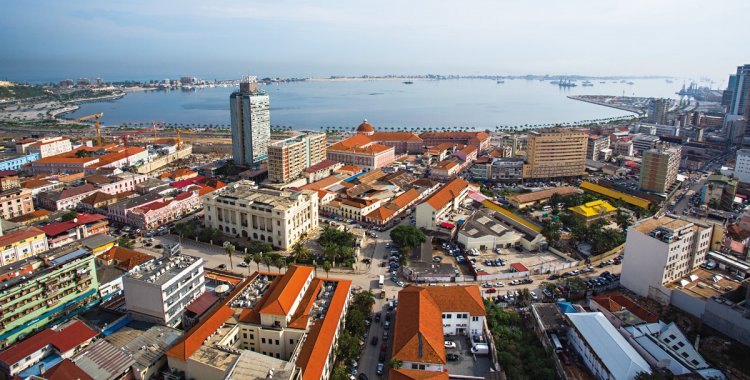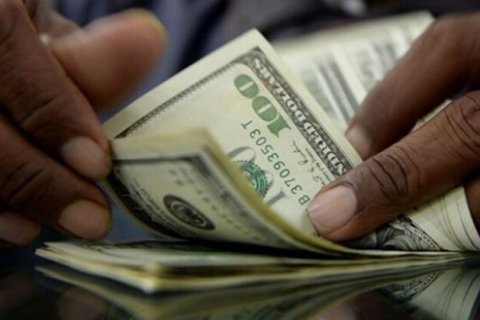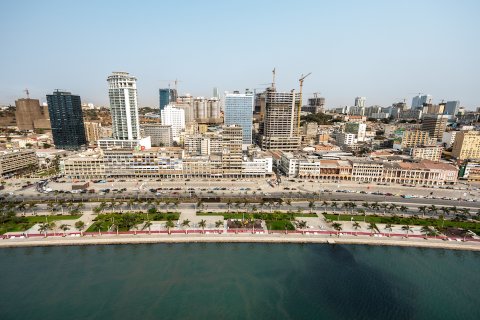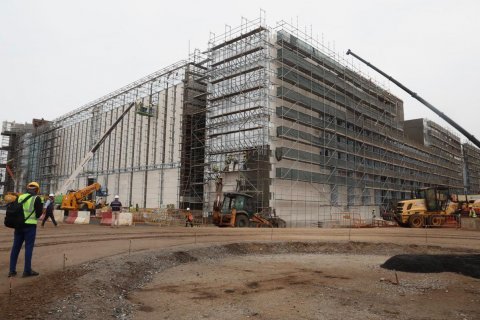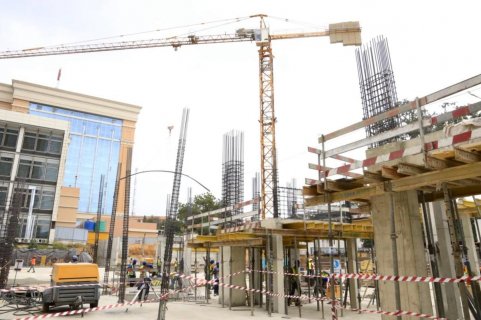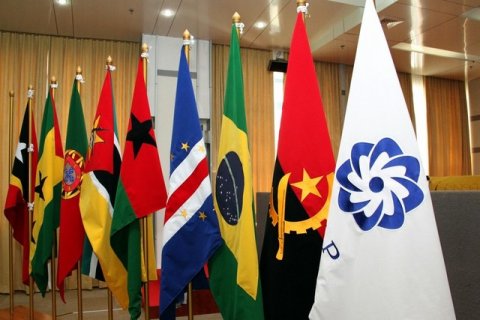"Our 3 percent growth forecast for 2021 takes into account the effects of a 5.5 percent contraction that we anticipate for this year," responded Zahabia Gupta, when asked that Angola's GDP acceleration forecast for 2021 is above most forecasts, explaining that he expects "an economic recovery next year that is sustained by oil production, slightly higher than in 2020, and a gradual recovery in investment and domestic demand.
Earlier this month, S&P decided to maintain Angola's rating at CCC+, the third lowest level on the assessment scale, with Perspective of Stable Evolution, arguing with the rapid decline in oil prices, the depreciation of the kwanza and the economic impact of the covid-19 pandemic, which accentuates budget and external deficits and increases pressure on financing.
"The combined effect of low oil prices, cuts in oil production, sharp depreciation of the national currency and covid-19 are intensifying pressure on Angola's debt repayment capacity, foreign reserves and debt burden," the analyst said, noting that debt restructuring may give the government room for maneuver.
"Debt restructuring to China and other bilateral partners through the Debt Service Suspension Initiative (DSSI) will include the extension of interest and the total amount and, when completed, could reduce debt service requirements by about 7 billion dollars over the next three years, according to Zahabia Gupta's estimates.
According to S&P's accounts, Angola owes around 21 billion dollars to China, so a restructuring of this debt would be a significant help in relation to the almost 20 billion dollars in debt payments that the country has to make between 2020 and 2022.
As well as China, Angola is also seeking to increase the amount of financial aid given by the International Monetary Fund, adding 730 million dollars to the 3.7 billion dollars already agreed at the end of 2018.
"The Angolan authorities expect to receive 1.4 billion dollars from the IMF this year, along with another 700 million dollars from the World Bank and 160 million dollars from the African Development Bank, and in addition to this they also plan to turn to the Sovereign Fund to raise 1.5 billion dollars," the analyst said.
This Portuguese-speaking country's financing needs in interest alone for Eurobonds, public debt issues in foreign currency, are estimated at 700 million dollars annually, "but other payments on Chinese and other loans are significant, averaging 3.5 billion dollars between 2020 and 2023 and almost doubling to 6.2 billion dollars in 2023," he added.
In this context, S&P places the ratio of public debt to Gross Domestic Product (GDP) at 143 percent this year, falling to 106 percent in 2023, the year in which Angola's economy is expected to grow 2.8 percent, after growth rates of 3 percent in 2021 and 2 percent in 2022.

